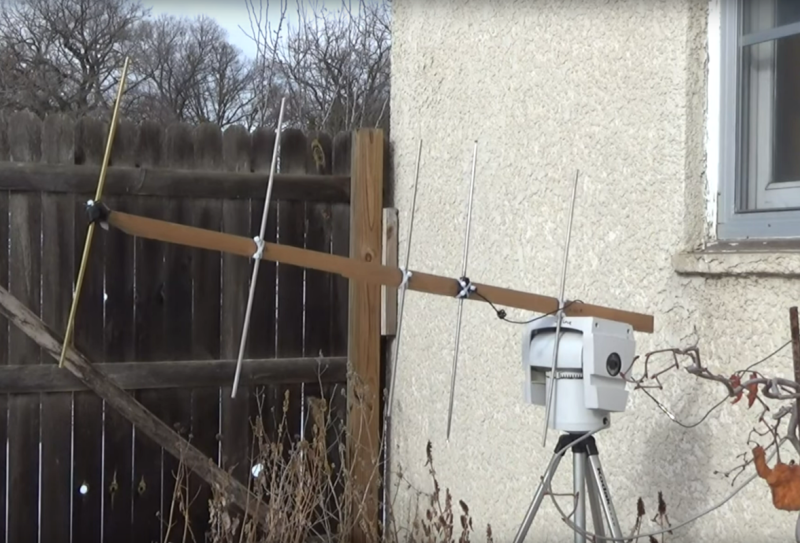
Ever since the first artificial satellite was launched into orbit, radio operators around the world have been tuning in to their space-based transmissions. Sputnik 1 only sent back pulses of radio waves, but in the decades to follow ever more advanced radio satellites were put into service that could support two-way communications from Earth to space and back again.
Some of these early satellites were somewhat lacking in security, though, and have been re-purposed by various pirates around the world for their own ends. [Stephen] aka [saveitforparts] is here to show us how to hunt for those pirates and listen in on their radio traffic.
Pirates on these satellites have typically used them for illicit activities, and it is still illegal to use them for non-governmental or non-military purposes, so [Stephen] notes that he will only be receiving, not transmitting. The signals he is tuning in to are VHF transmissions, specifically around 220 MHz. That puts them easily within the reach of the RTL-SDR and common ham radio equipment, but since they are coming from space a more directional antenna is needed. [Stephen] quickly builds a Yagi antenna from scrap, tuned specifically to 255 MHz, and mounts it to an old remote-controlled security camera mount which allows him to point it exactly at the satellite and monitor transmissions.
From there he is able to pick up what looks like a few encrypted and/or digital transmissions, plus analog transmissions of likely pirates speaking a language he guesses to be Portuguese. He also hears what he thinks is a foreign TV broadcast, but oddly enough turns out to be NPR. These aren’t the only signals in space to tune to, either. There are plenty of purpose-built ham radio satellites available for any licensed person to use, and we’ve also seen this other RTL-SDR configured to snoop on Starlink signals.
Hunting for Space Pirates
Source: Manila Flash Report
0 Comments